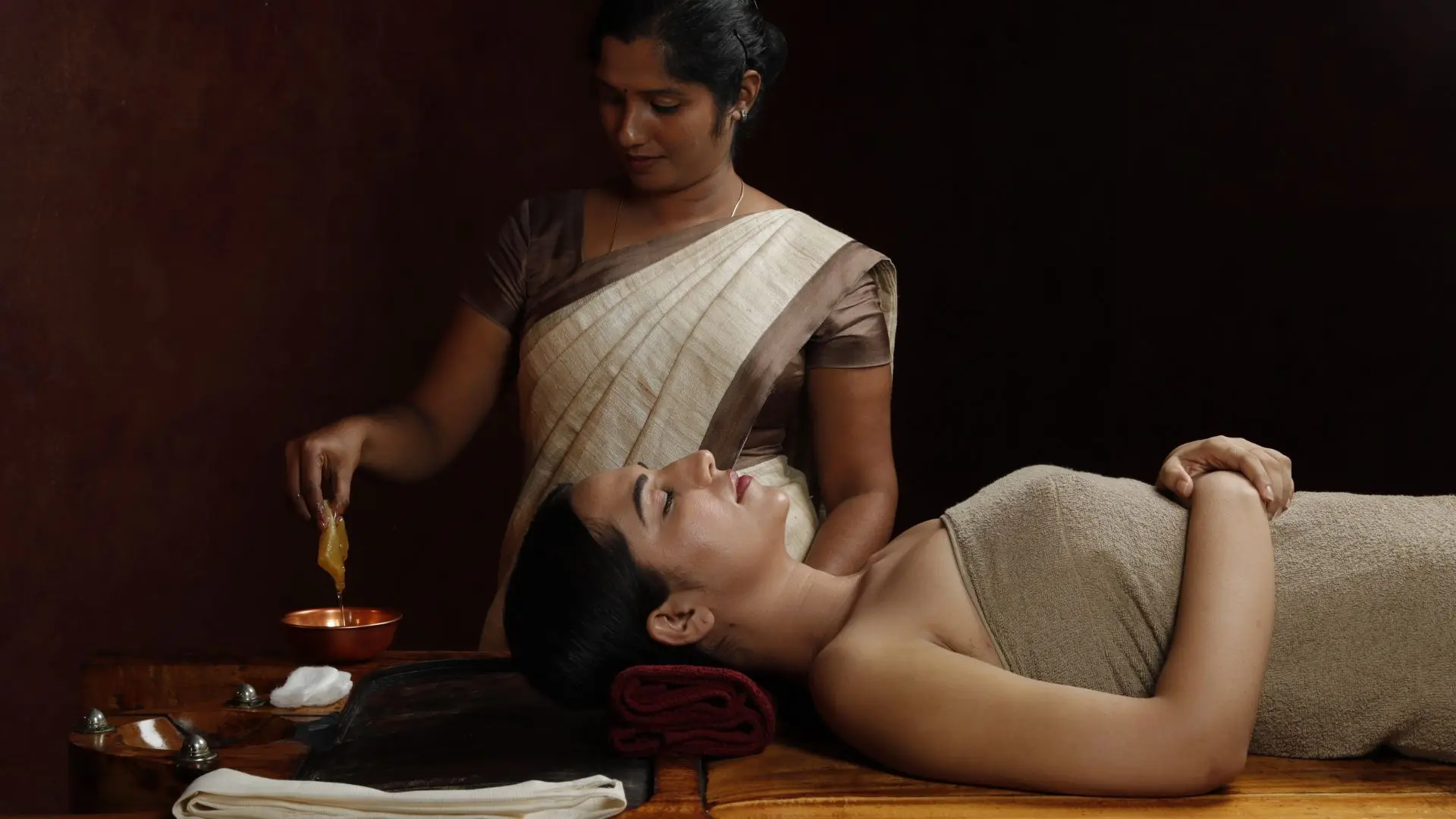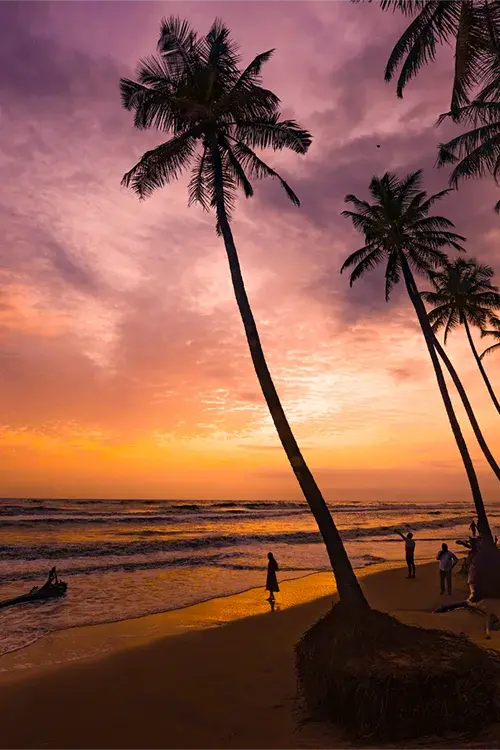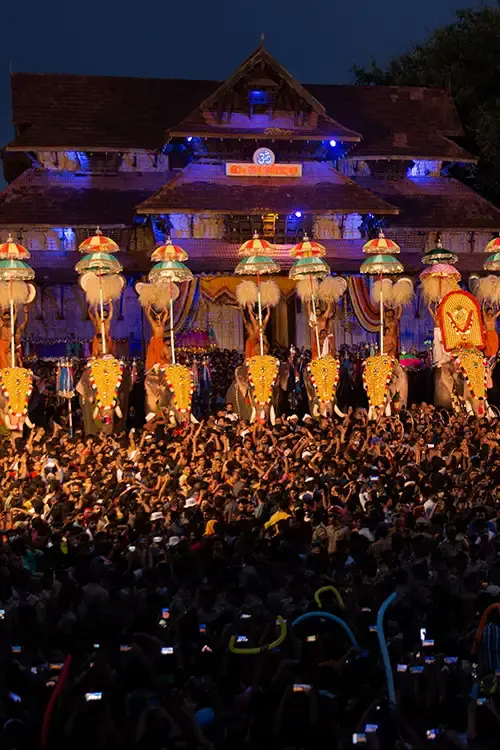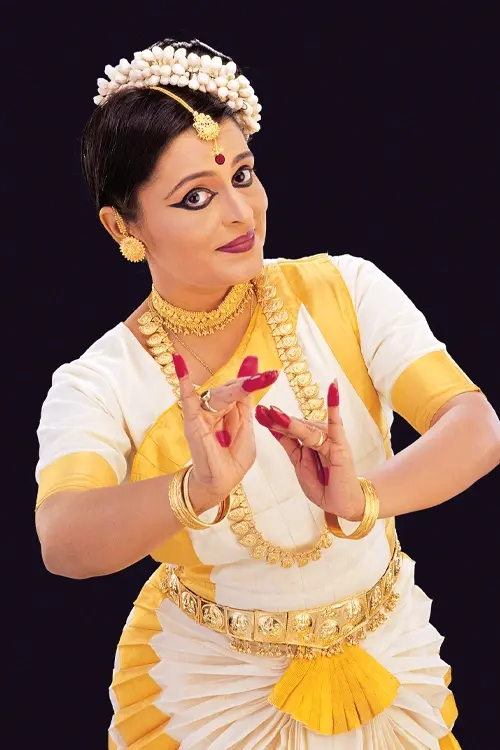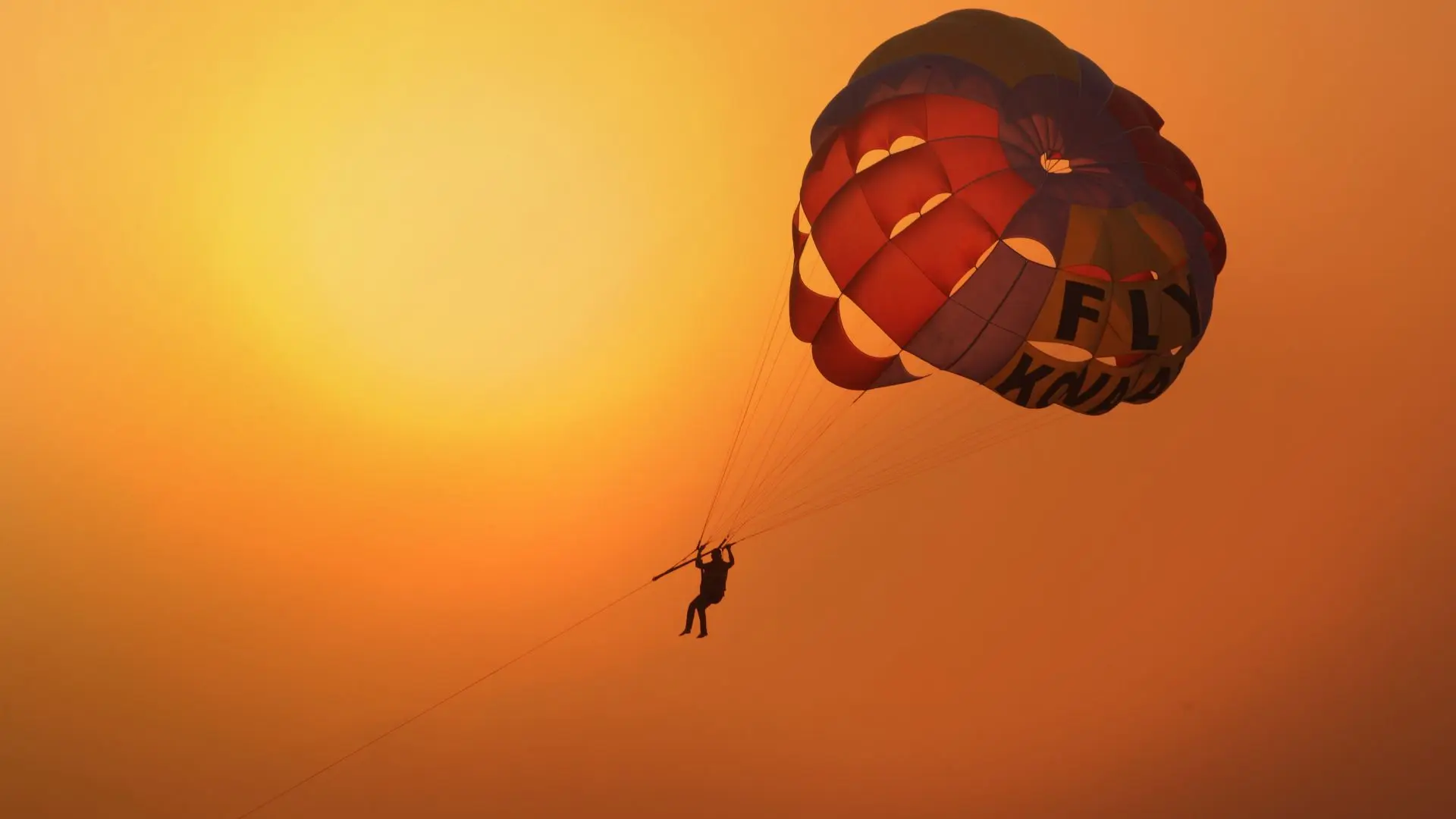Enchanting Kerala
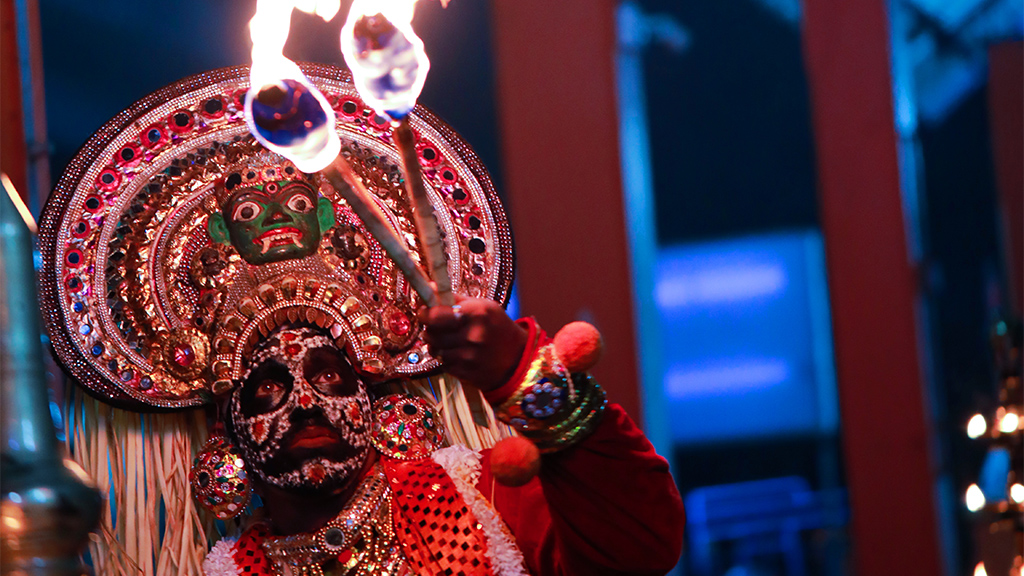
Kali Theeyattu – An Offering to Goddess Kali
The flamboyant and radiant art forms of Kerala have always enhanced the state’s cultural allure. One such art form is the ‘Kali Theeyattu,’ a solo dance-drama ritual that is performed in front of a ‘kalam’ (a three-dimensional picture of Kali drawn on the floor using colour powders). This is performed in Bhagavathy temples in central Kerala - in places such as Thrippunithura (Ernakulam district), Thiruvalla (Pathanamthitta district) and Kottayam. Kali Theeyattu is an offering to 'Kali'. Here, the performer, referred as Theeyattunni puts on make-up and wears a headgear. After lighting an oil lamp, he enters the venue and chants various hymns, and invokes the benevolence of various deities for the welfare of the people. The ritual starts with the invocation of Lord Ganapathy, Lord Siva and Goddess Saraswathy.
Kali Theeyatu mainly narrates the story of the duel between Darikan, the demon and Goddess Bhadrakali ending with the death of the demon (Darikavadham). The performer, after he wears the headgear, represents the goddess, and exudes a spiritual aura. The play progresses as the 'goddess' narrates the incidents to her father, Lord Siva, who is represented here by the lighted lamp. The performance develops through several chants, dances of thandava style, gestures and gesticulations. The act is concluded with the enacting of the killing of Darikasura, representing the destruction of evil.
The other form of 'Theeyattu' is called Ayyappa Theeyattu where the performer invokes Lord Ayyappa. The Theeyattu ritual is very strict and does not permit any changes. Kalamezhuthu, the creation of the three-dimensional portraits created on consecrated floors using colourful powders, is a main attraction of Theeyattu.
